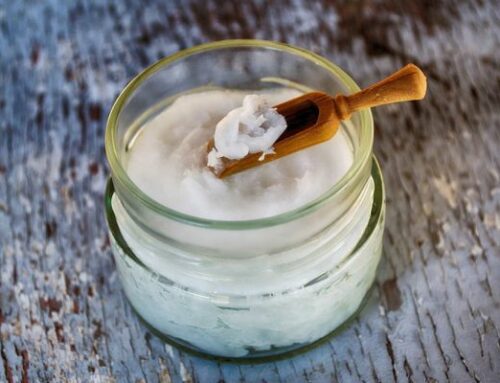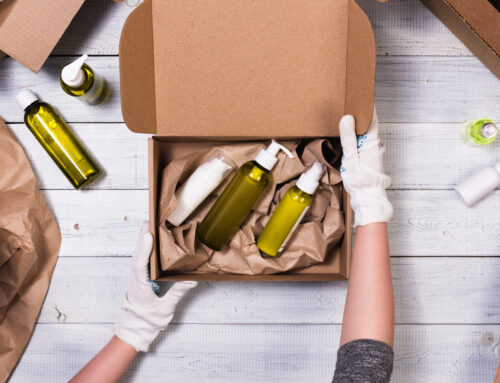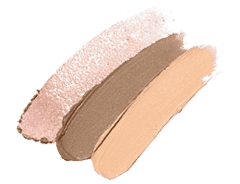Look no further than the beauty and cosmetics industry to find daring entrepreneurs and budding brands looking to expand their product offerings in response to the market. Due to the pandemic, simple hand sanitizer has become a staple offering among many companies looking to put their own spin on it.
This post is the first in our crafting series which aims to provide a simplified, easy to understand explanation of how we would go about making some of the cornerstone beauty products that consumers purchase.
In the case of today’s post, it is not a beauty or cosmetic product such that we are covering, but rather simple hand sanitizer! Why did we choose this as the first? Simple. We want to stress that partnering with a company such as Phoenix Chemical for your product development needs is a recipe for success. Before the marketing, before the branding, it all begins with the chemistry expertise that allows us to tweak your product in any which way you require to suit your demographic and desired outcome.
Nowhere is this more visible than with one of the simplest products of all—hand sanitizer.
Making Your Own Hand Sanitizer Product
A quick peek at our formularies page for gel hand sanitizer reveals the formulation we are going to discuss today. The formula is laid out cleanly for you to interpret with ease so that you can understand what goes into even creating a simple product. The goal of these pages is not only to educate, but to show prospective brand owners that their product can be made in a number of ways, but it all starts with a good foundation.
Phase A
In the case of hand sanitizer, it begins with Phase A, which consists of
- Deionized water
- Ultrez-21
- TEA
- Glycerin
Deionized water makes up about 33.71% of the concoction which is denoted by the %w/w, which means weight for weight. Judging on what you know about hand sanitizer, you may be surprised that it contains that much water, or that little!
This is the beauty of product creation, many people think that hand sanitizer consists largely of a solution of alcohol and that is it. However, if this pandemic has illuminated anything to you on this front, it’s that there has been a massive sampling of a large variety of different hand sanitizer types. Whether you are at a restaurant, grocery store, office building, or wherever, you’ve no doubt noticed that there is a lack of uniformity in the solution that is being used.
Some sanitizers are runny and dry quickly, some are more viscous and spread thickly, others seem to lather in the hand while another type may even feel like there is some kind of moisturizing agent inside.
Ultrez-21 is a polymer that in layman’s terms, is designed to give the mixture it is applied to thickening and stabilizing properties. If you ever used a hand sanitizer that was incredibly runny, chances are it did not contain a thickening agent in any large quantity. Typically, this is not conducive to good “hand-feel” for a product.
Triethanolamine is a neutralizer and PH adjuster that plays well with acidic ingredients. It is used to help stabilize whatever it is added into and is often used in a variety of common products like sunscreen, lotions, cleansers, etc.
Glycerin is a humectant—meaning that it attracts moisture. That might seem strange to include in a sanitizing product, which are harsh on the skin by nature, but it’s important to cut that harshness and not create a product that will cause undue damage or dryness to the skin other than what is necessary to kill germs.
That’s it for Phase A. Phase B in this example is where the magic happens!
Phase B
Phase A consists of fairly standard ingredients for a sanitizing product, there is not much to be said about deionized water and glycerin, both ingredients you will find just about anywhere.
However, with Phase B we opt to use many of our own proprietary ingredients for the best results where it counts.
PECOSIL® DCU is a Silicone Ester that is used as a hydro-alcoholic coupling agent in this scenario.
PELEMOL® G7A is a cosolvent, meaning that it is added to improve solubility in a compound that is poorly-soluble.
PHOENOXOL®BP-10 is an emollient added to improve the hand-feel of the product. Because it can reduce greasiness contributing to a light feel in the hand. It is for this reason that Phoenoxol BP-101 is frequently used in products such as skin creams, lotions, sunscreen, etc.
PECOSIL® PS-112 is a water-soluble anti-irritant that adds slip to the formula. In other words, it aids the product in providing silkiness and softness to the skin.
The rest of the mixture contains the core ingredient ethanol (alcohol) and an organic blue dye—FD&C Blue No. 1, otherwise known as Brilliant Blue FCF
How to Make Your Own Cosmetics
It is our hope that through our efforts to educate about the formularies we provide that those who are seeking to launch a cosmetic or product line a great starting point to understanding the art and science behind your favorite products!
Even something as simple as gel hand sanitizer has a fair-few ingredients and customization behind making it.
Phoenix Chemical’s very own cosmetic raw materials offer unparalleled versatility in creating products to your brand’s unique needs.
Contact us today if you have any questions about our cosmetic raw materials and how we can help you develop your very own product!







